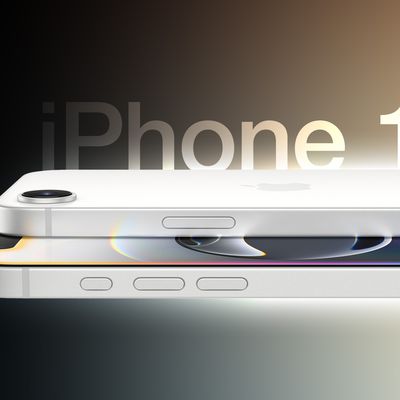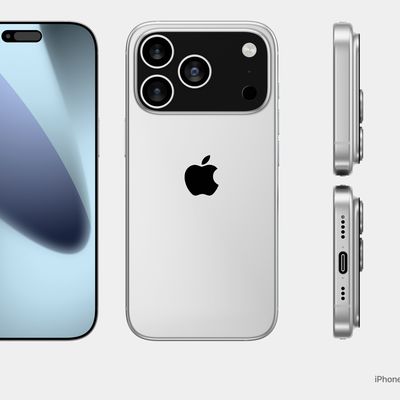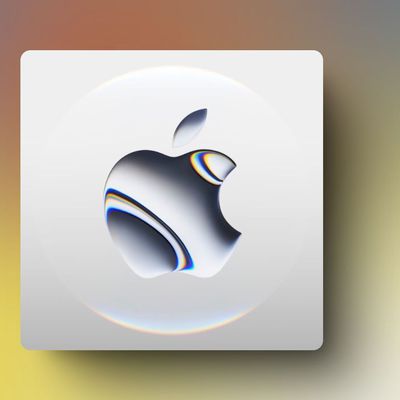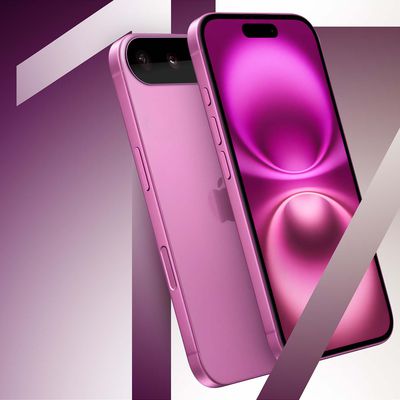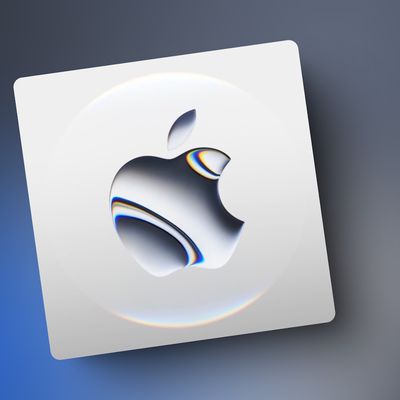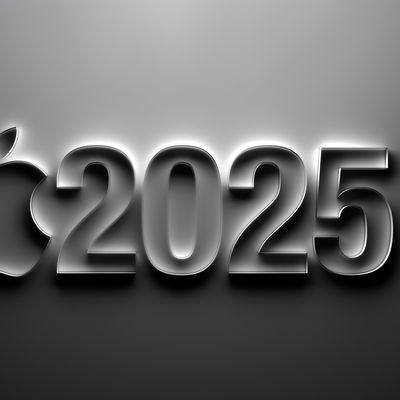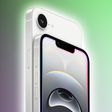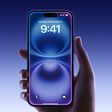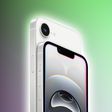GT Advanced, the company that has partnered with Apple to open a sapphire plant in Mesa Arizona, has purchased and received a total of 518 sapphire furnace and chamber systems with another 420 machines on order, according to analyst Matt Margolis (via 9to5Mac). The company has also purchased multiple "Sapphire Display Inspection Tools" from Intego.
The sheer amount of equipment purchased indicates that a massive sapphire production operation is being installed at the Arizona factory, and as rumors have hinted, the large amounts of sapphire being produced, along with the tools ordered, could hint at a future ultra-durable iPhone display.
Matt Margolis believes that with the current equipment the factory has, it could produce between 103 and 116 million displays per year, with an additional 84 to 94 million possible when taking into account the 420 furnaces on order. Apple could, in total, produce 100 to 200 million ~5-inch sapphire displays, enough for its entire line of devices. In 2013, Apple sold approximately 150 million iPhones.
In documentation, GT Advanced itself suggests the aforementioned Sapphire Inspection Tools are aimed at device displays.

Lowering manufacturing and fabrication costs of sapphire is a key driver for accelerating the adoption of its use in new market segments such as cover screens for smartphones and mobile devices. GT Advanced Technologies is working with key downstream technology providers to optimize fabrication processes and technologies to lower the cost of sapphire cover screen material.
GT is partnering with Intego GmbH to develop a series of automated sapphire inspection tools that will increase the yield of high quality sapphire material from each boule and ensure that only high quality material enters the value stream. The SIRIUS Slab automated sapphire inspection tool begins a new level of repeatability and performance throughput to the production of sapphire material intended for high volume markets such as mobile and touch screen devices.
In November, shortly after the partnership between GT Advanced and Apple was announced, it became clear that GT Advanced, with Apple's help, was aiming to drastically increase its sapphire production.
A recent patent pointed to Apple's interest in using sapphire as a display cover on future iPhones and shortly after, a report suggested Apple partner Foxconn had already began a small trial production of 100 devices with a sapphire display.
Those rumors, along with today's report, indicate that Apple is almost certainly aiming to use sapphire as a major component in an upcoming product such as the next-generation iPhone or the company's much-rumored iWatch. Currently, the company uses limited quantities of sapphire to protect the camera on recent iPhones and to cover the Touch ID fingerprint sensor on the iPhone 5s.
Sapphire, as the second hardest mineral after diamond, is incredibly durable and scratch resistant, as can be seen in the video below. An iPhone with a sapphire display would be almost impossible to scratch in day-to-day use.
Apple and GT Advanced are said to be aiming to take the Mesa, Arizona plant live by February in order to begin immediate production of a "critical new sub-component" for iOS devices.


